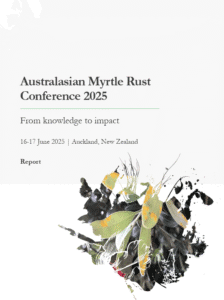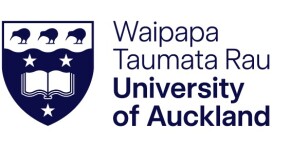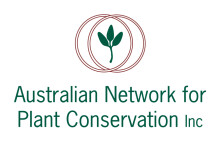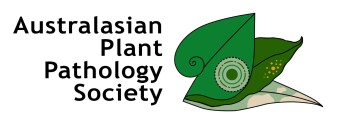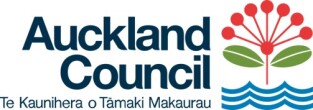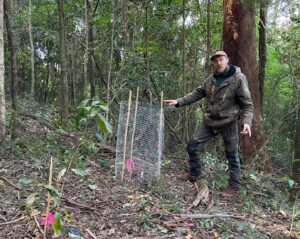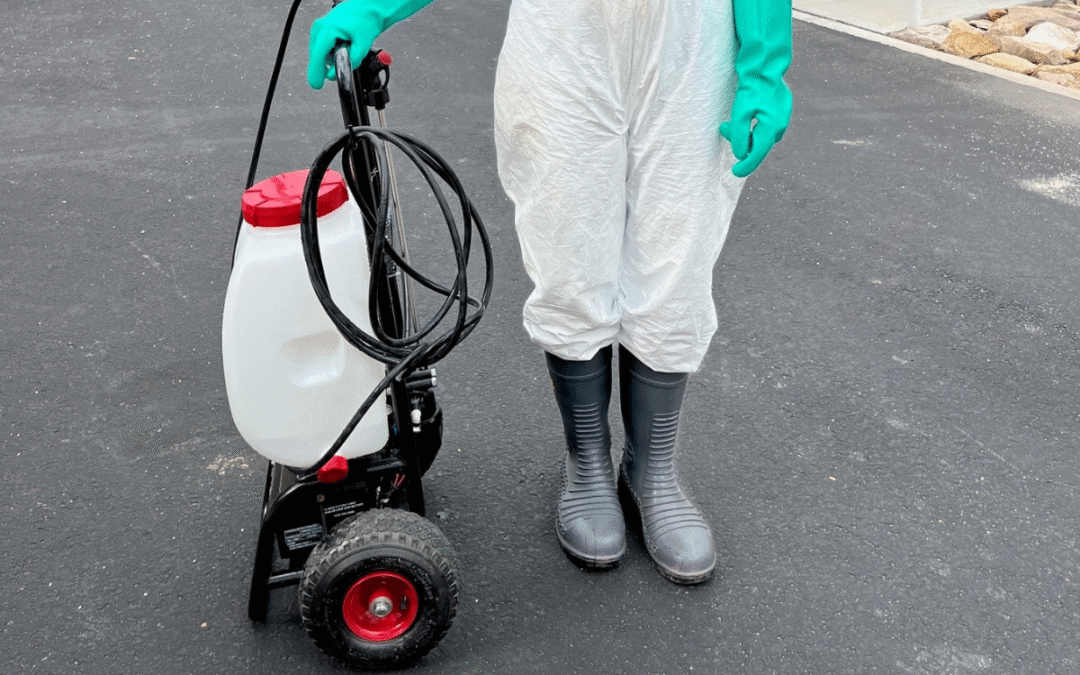
Aug 15, 2025 | Events Category
The conference program including speaker abstracts is available here.
The Australian Government commissioned a report summarising the Australasian Myrtle Rust Conference 2025 proceedings to provide an overview of the current state of Myrtle Rust for the Australasian region as discussed during the conference.
Download the Conference Report here.

Conference presentation recordings are now available on the ANPC Youtube channel:
Many of Australasia’s best-known and most highly valued native trees – from Australia’s eucalypts to Aotearoa New Zealand’s pōhutukawa – are in the family Myrtaceae. Many species in this family urgently need protection from Myrtle Rust, a disease caused by the globally dispersed pathogen Austropuccinia psidii.
Collaborative research efforts have improved our understanding of our myrtles, the pathogen, and plant/pathogen interactions. Management tools have been developed and deployed, and communities are rapidly mobilising to protect and conserve native plants.
Researchers and community members from across Australia and Aotearoa New Zealand came together with an exciting line-up of talks on 16 and 17 June 2025, to share knowledge and celebrate our mighty myrtles and the progress made towards protecting them. The Australian Government commissioned the above report of the proceedings. Read the report for an overview of the current state of Myrtle Rust for the Australasian region, as discussed during the conference, and to learn about the latest research and management approaches.
The conference themes were:
- Community-led action
- New technologies, solutions, and research insights
– Part 1: Tools and fungal genetics
– Part 2: Environmental and microbial insights - Species conservation
- Early career initiatives and research

Australasian Myrtle Rust Conference 2025 presenters and in-person attendees. Credit: Jenny Leonard.
A huge thanks to our sponsors!
Online/virtual attendance was free thanks to support from our wonderful sponsors. Our sponsors were also exceptional facilitators of inclusion. By covering overhead costs and sponsoring bursaries, they allowed the organising committee to focus on what matters: ensuring that a broad range of voices from many backgrounds and regions were present and engaged with the conference.
Our hosts
Our hosts provided unquantifiable services that allowed us to cut costs significantly and focus on what matters.
Platinum sponsors
Provided travel and accommodation bursaries for students, mana whenua, and First Nations Australians.
Gold sponsor
Auckland Council provided conference support and enabled local community and mana whenua attendance.
Bronze sponsors – thanks for your support!
The Australasian Myrtle Rust Conference Committee would like to acknowledge and thank Jenny Leonard for her enormous contribution in ensuring a successful event, and for writing the AMRC2025 report.

Aug 1, 2025 | News
Partner gardens collaborating to safeguard vulnerable species
Over the past several years, the distribution of various lineages of Native Guava (Rhodomyrtus psidioides) and Scrub Turpentine (Rhodamnia rubescens) to partner gardens has played a vital role in the conservation of species impacted by Myrtle Rust. Between 2021 and 2024, dedicated teams at Lismore Rainforest Botanic Gardens, Blue Mountains Botanic Garden – Mt Tomah, The Australian Botanic Garden – Mt Annan, Australian National Botanic Gardens – Canberra, Booderee Botanic Garden and Dandenong Botanic Garden have nurtured and closely monitored these meta-collections.
The good news is, despite facing a range of challenges—including outbreaks of Myrtle Rust, animal browsing and damaging storms—all distributed plants remain alive! This resilience is a testament to the commitment and care provided by staff across all participating gardens. ☀️ Special thanks to all involved.

Supports put in place to protect trees from wild weather

Fencing to protect the trees from browsing
With plans underway to distribute additional lineages from central collections in New South Wales and Queensland, we have been actively reviewing original processes and collecting lessons learned from each garden’s experience. Our approach aims to continually improve outcomes for these at-risk species.
Two weeks ago at Mount Tomah, Ian Allan shared valuable insights on site selection and plant management. He observed that plants positioned with better access to sunlight have shown notably stronger growth. Looking ahead, Ian highlighted the potential for experimenting with hedge-format plantings—an approach that could offer more efficient use of space and improved management options.
If your garden or arboretum is interested in hosting safe custody collections for species affected by Myrtle Rust, please reach out to Pip Walsh at myrtlerust@anpc.asn.au to learn more.
Feature image: Ian Allan with one of the larger Native Guava trees at Mt Tomah.

Jul 17, 2025 | News
The ANPC is excited to announce that we have been selected as one of 2025’s Bank Australia community customer grant recipients, to support our QTPN Flora Discovery Project. These grants aim to grow the impact of Bank Australia customers who are making a difference in areas such as nature and biodiversity, climate action, affordable and accessible housing and First Nations Recognition and Respect.
Five Flora Survey Training Workshops will be held during 2025/26 to train community-based volunteer groups and citizen scientists in regional areas of Queensland to undertake targeted native flora surveys and fill key gaps in our knowledge of our threatened plants. The workshops will build their capacity to conduct strategic and highly valuable surveys of rare flora, and assist in the long term planning, implementation and monitoring of recovery actions for these species.
Read more about the workshops and the Bank Australia grant here: https://www.anpc.asn.au/qtpn-flora-discovery/
A big thank you to Bank Australia for supporting this project!

Feature image: Attendees at a Currumbin Flora Survey Training Workshop with the QTPN. Credit: Paul Donatiu

May 30, 2025 | Events Category, News
APCC15 has been announced – Mark those calendars and follow us for updates!
We’re excited to announce that our 15th Australasian Plant Conservation Conference (APCC15) will be held in Port Douglas, Queensland during the week of 24-28 August next year! In the spectacular Wet Tropics, we will be within touching distance of the stunning world heritage listed Daintree Rainforest and in a town with abundant accommodation and dining options. Keep an ear out and follow us on Facebook or bookmark our conference webpage for conference updates as they come.



